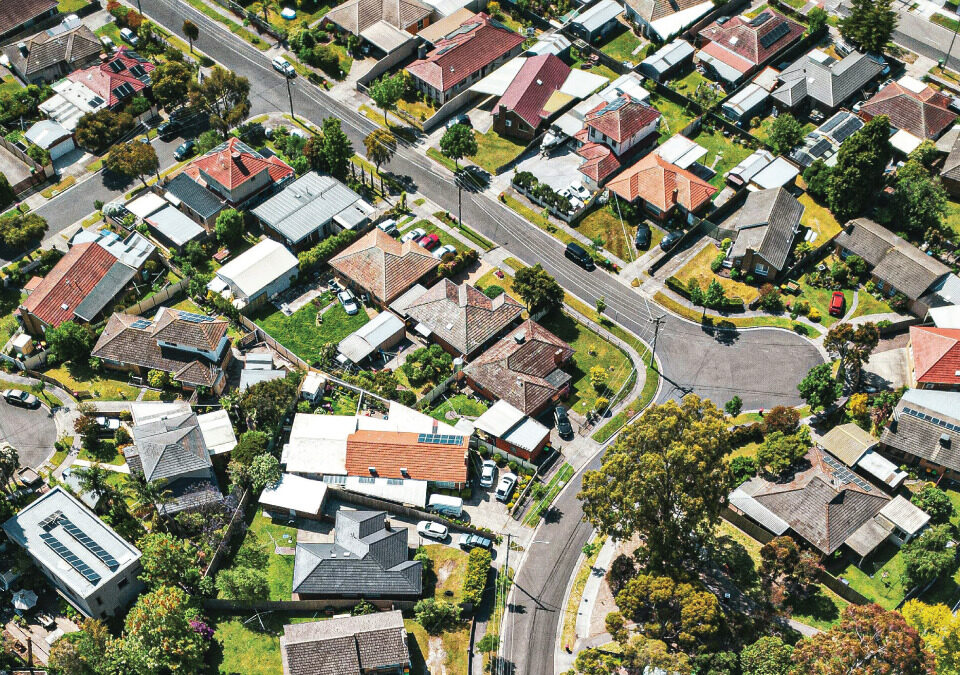- ENQUIRE ONLINE OR CALL US
- 08 8451 1500
Get a Free Income Protection Quote
Home & Contents Insurance – Free Quote
At its meeting today, the Board decided to leave the cash rate unchanged at 2.5 per cent.
Statement by Glenn Stevens:
Growth in the global economy is continuing at a moderate pace, helped by firmer conditions in the advanced countries. China’s growth appears to have slowed a little in early 2014 but remains generally in line with policymakers’ objectives. Commodity prices in historical terms remain high, but some of those important to Australia have continued to decline of late.
Financial conditions overall remain very accommodative. Long-term interest rates have fallen further and risk spreads remain low. Emerging market economies are once again receiving capital inflows. Volatility in many financial prices is currently unusually low. Markets appear to be attaching a very low probability to any rise in global interest rates over the period ahead.
In Australia, the economy grew at a below-trend pace in 2013 overall, but growth looks to have been somewhat firmer around the turn of the year. This has resulted partly from very strong increases in resource exports as new capacity has come on stream, but smaller increases in such exports are likely in coming quarters. Moderate growth has been occurring in consumer demand and a strong expansion in housing construction is now under way. At the same time, resources sector investment spending is set to decline significantly. Signs of improvement in investment intentions in some other sectors are emerging, but these plans remain tentative, as firms wait for more evidence of improved conditions before committing to significant expansion. Public spending is scheduled to be subdued.
There has been some improvement in indicators for the labour market in recent months, but it will probably be some time yet before unemployment declines consistently. Recent data confirm that growth in wages has declined noticeably. If these and other domestic costs remain contained, inflation should remain consistent with the target over the next one to two years, even with lower levels of the exchange rate.
Monetary policy remains accommodative. Interest rates are very low and for some borrowers have edged lower over recent months. Savers continue to look for higher returns in response to low rates on safe instruments. Credit growth has picked up a little. Dwelling prices have increased significantly over the past year, though there have been some signs of a moderation in the pace of increase recently. The earlier decline in the exchange rate is assisting in achieving balanced growth in the economy, but less so than previously as a result of the higher levels over the past few months. The exchange rate remains high by historical standards, particularly given the further decline in commodity prices.
Looking ahead, continued accommodative monetary policy should provide support to demand, and help growth to strengthen over time. Inflation is expected to be consistent with the 2–3 per cent target over the next two years.
In the Board’s judgement, monetary policy is appropriately configured to foster sustainable growth in demand and inflation outcomes consistent with the target. On present indications, the most prudent course is likely to be a period of stability in interest rates.
Need help with your finances or want to discuss your how interest rate changes could affect your situation? We’re as close as your phone – just call us on 08 8451 1500
Sam & Matt
Urbantech Group
>> Adelaide’s Best Home Loans +plus more…


